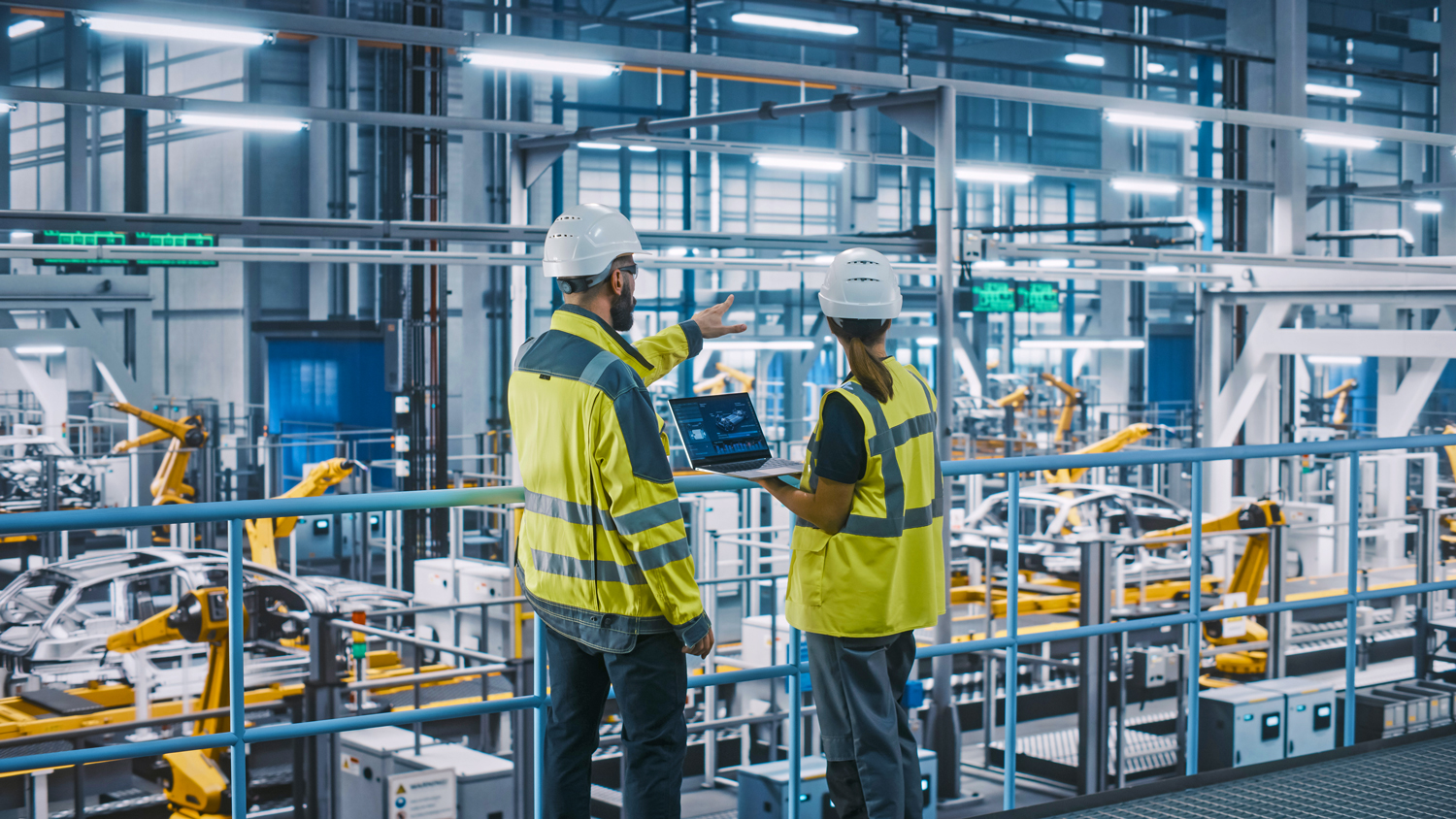Connecting a consumer with a product requires meticulous coordination. Like a jigsaw puzzle, supply chain management is composed of interconnected pieces —processes, stakeholders, resources, and logistics—that need to fit together seamlessly. Any single disruption can cause the pieces to scatter, let alone the major intersecting global disruptions of the past several years.
2023 supply chain trends emerged in part due to the pandemic’s lingering effects on consumer demand patterns. While COVID-19 sparked unprecedented growth in the e-commerce industry, this rapid acceleration also took a significant toll. According to The Economist, two-thirds of supply chain executives in the U.S. said they experienced a 6 to 10% loss of annual revenue due to the pandemic in 2021. In some ways, businesses are still recovering from this setback—and now, looking to reinvent their supply chains for the future.
More recently, Russia’s invasion of Ukraine drove up prices of fuel and raw materials, and even caused interruptions of key transportation routes—forcing many businesses to make last-minute changes to their supply sources. Record inflation highs also meant businesses had to pay more for their labor and production materials. The worsening workforce shortage is only exacerbating this productivity gap, with the staffing crisis a leading concern among supply chain leaders.
To remain agile in the face of sudden demand fluctuations and supply chain disruptions, the future of the supply chain relies on digitization, resource optimization, and exception management. Maintaining a competitive edge in the modern marketplace requires businesses to adapt promptly—and strategically—to unexpected scenarios.
Looking ahead to 2024, here’s a closer look at four current trends in supply chain management.

1. Mitigating risk in an increasingly globalized landscape
Now more than ever, supply chains are experiencing more demand for product variety and faster delivery times. With the ability to source materials from all over the world, businesses can now opt to rely on services of lower-cost suppliers. However, a more global supply chain is also more vulnerable to disruptions. A source of unrest in one part of the world—such as a war, an epidemic, a natural disaster, or even tariffs and sanctions—affects businesses and consumers worldwide, not just in that local area.
Contingency planning is a must for businesses to mitigate risk and thrive with a multinational supply chain. Make sure to diversify suppliers, identify potential weak points and systemic dependencies, as well as invest in tech-driven solutions to manage risk and make better informed decisions.
2. Navigating demand volatility with agile supply chain management
Today’s consumers have the ability to browse, compare, and order goods at any time. Online marketplaces connect buyers and sellers globally, amplifying the reach of products. However, sellers may experience a higher degree of unpredictability, with sudden spikes in demand or unexpected competition for certain items.
This volatility can make demand planning challenging for supply chains that are accustomed to traditional retail models with stable demand patterns. Traditional forecasting methods may lead to the risk of stockouts, where products are not available when customers want them, or excess inventory, which ties up capital and storage space.
Digitizing the supply chain is key to navigating these challenges. Businesses should look to establish more flexible production processes and adaptive, real-time inventory management to optimize supply chain operations. By leveraging advanced data analytics, businesses can also gain real-time insights into consumer behavior and supply chain trends, enabling quicker responses to shifts in demand.
3. Reducing carbon footprints for a greener future of supply chain
With supply chain sustainability increasingly top of mind, consumers are demanding products that are ethically sourced, responsibly manufactured, and thoughtfully packaged. In response, more businesses are forging partnerships with eco-friendly suppliers, ensuring that the entire supply chain begins on a sustainable foundation. Leaders that invest in energy-saving supply chain technologies can minimize their energy consumption and associated costs. By reducing waste and optimizing material usage, they can also cut back on budgetary resources designated for material procurement.
Investing in more sustainable supply chains is a win-win scenario, where businesses can benefit financially while contributing positively to the environment. These practices not only lower expenses, but also enhance overall competitiveness and improve brand reputation with consumers.
4. Adopting cutting-edge supply chain technologies for unparalleled visibility
A product’s journey from assembly line to a consumer’s hands used to be largely invisible. Now, sensors within manufacturing facilities can monitor production processes in real-time, adjusting for efficiency and quality. Blockchain technology tracks the origins of raw materials, ensuring the authenticity and ethical sourcing of components. Internet of things (IoT) devices monitor for temperature variations, shocks, or humidity levels that could compromise its integrity. Artificial intelligence (AI) tools optimize shipping routes based on traffic, weather, and delivery windows.
These supply chain technologies can dramatically boost operational transparency for businesses. Automated data analysis reduces the time required for decision-making, accelerating supply chain processes. AI-powered demand forecasting tools can quickly adapt to changing market conditions, allowing businesses to pivot production strategies based on evolving consumer preferences. This data-driven visibility not only helps optimize inventory and warehouse management, but also enables quicker responses to disruptions. 
5. The evolving future of supply chain management
As radical supply chain trends have pushed businesses to evolve, the industry is gaining confidence on its path towards greater resilience, ensuring a promising future for all stakeholders.
Our ongoing journey in digital transformation is giving manufacturers the ability to accurately track product temperatures and storage conditions, assure quality control of sensitive goods, and optimize their supply chains for improved efficiency. More than ever, regulators are concerned about the environmental impact of cold chains, as they often require significant energy for product refrigeration. With the power of supply chain technology like blockchain, a distribution center responsible for delivering a shipment of COVID-19 vaccines to a medical facility can monitor the vaccine’s temperature during transit and automatically trigger an alert to the manufacturer if the product may be compromised.
With the ability to plan and adapt, manufacturers can still meet consumer demand, build resilient supply chains, and guarantee the quality and integrity of their products, even in the face of unexpected challenges.
Want to learn more about how supply chains are evolving? Check out our eBook.
About Us
Casper Labs builds innovative solutions for the supply chain industry. The company supports the scale and operational needs of business, creating complete transparency for all transactions via applications and services that drive revenue and radical new efficiencies. We are on a mission to build the essential foundation for an entirely new era of customer value and business success.



